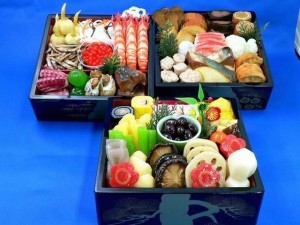It began with an overwhelming desire for Japanese food. Not to eat it, but to see if those delectable, hyper-real plastic Japanese fake food dinner replicas could be perfectly replicated. If it’s possible to 3D print KFC’s Colonel’s Original Recipe chicken, edible Oreos, and Foodini’s pizza dough and tomato sauce, why not Japanese food, which is typically made from wax or polyvinyl chloride? Yet as 3D printing continues expanding into markets from jewelry to tiny furniture, for a few reasons Japanese fake food is focused on an artisanal past, uninterested in any rapidly advancing technology even though it appears to be possible.
“There are certainly parts of [fake Japanese food replicas] that could be 3D printed,” says Jo Kamm, Kansas City-based educator who teaches classes on digital design and fabrication to artists. “Let’s look at the noodles. It is always going to make more sense to start with a noodle than try to replicate a part of noodles by making it a solid.”
And by noodles, he means the malleable strands of ramen, which he discusses in the course “10 principles of 3D printing” that he teaches to artists in Kansas City. Kamm includes a masa block created by draping filament rather than printing it in place in his course.
Read the full story on The New Stack: http://thenewstack.io/the-paradox-of-3d-printing-japanese-fake-food-replicas/




